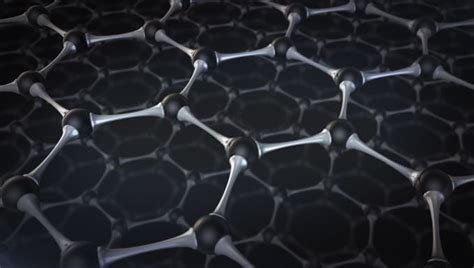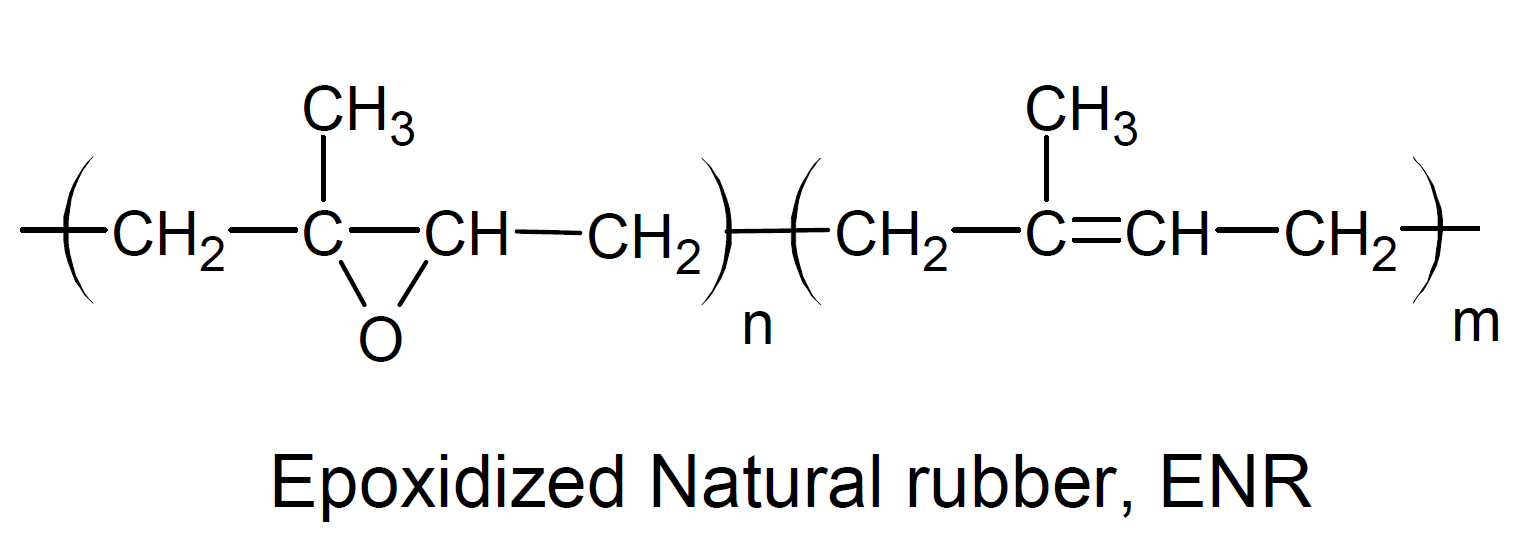Tyres. Yup, tyres. Ever wondered how much chemistry is involved in making that simple, round, innocent contraption? Let's try digging into one specific part of it; air impermeability.

Why bother with the air impermeability of tyres at all, you may wonder. It has a very straightforward answer - Lesser the air impermeability, more is the tyre's lifespan. It would be pretty irksome if you found your car low on air every so often. Wouldn't it?
Ms Aswathy T R, a research scholar, guided by Prof Kinsuk Naskar from the Rubber Technology Centre at IIT Kharagpur and a team of researchers, collaborating with CEAT Tyres Limited, recently worked on a paper published by Wiley about how nanofillers impact the air impermeability of rubber composites.
Nanofillers and Nanocomposites; what are they?
We know materials have dimensions. Any material with any one of its dimensions on the "nano" scale is called a nanomaterial. As simple as that.
A variety of nanomaterials are generally used to reinforce the physical properties of rubber. These are called nanofillers. And any polymer enriched with nanofillers is called a nanocomposite.
Let's get to the crux of the whole issue: graphene.
"Graphene, the widely proclaimed "wonder material", is the most air impermeable material found in the world today," says Ms Aswathy. She further mentions, "And our study revolved around finding the best way to use graphene nanoplatelets to enhance the air-impermeable properties of the inner-liner of the tyres."
Unless you have religiously distanced yourself from the world of science, chances are you have heard about this "semi-metal of the future". Graphene is a monolayer of carbon atoms succinctly arranged in a hexagonal lattice.

It is harder than diamond and can also stretch as much as 25% of its length. This super material has incorporated itself into almost all sectors out there - from healthcare to defense to even glowing wallpapers.
Graphene in the automation industry isn't anything new. It is used in tyres to make them lighter, deliver a reduction in rolling resistance, and aid in a better grip, among a myriad of other benefits.
The Challenge
Ms Aswathy explains that for the longest time, the primary hurdle for researchers was dispersion; a good percentage of graphene dispersion in rubber is essential for impermeability enhancement. But oftentimes, graphene could prove to be tricky to work with due to its thin, layer-like nature and the energy required to overcome the Van der Waals forces (weak inter-molecular forces).
How was this overcome?
A blend of two rubbers, Brominated Isobutylene-Isoprene Rubber (BIIR) and Epoxidized Natural Rubber (ENR) was made during the research. Ms Aswathy adds, "After a lot of experimenting with the ratios of the rubbers, we decided that a 75: 25 (BIIR: ENR) ratio was the most suitable."
The oxygen in the epoxy units of ENR and the hydrogen and oxygen impurities in graphene convene in hydrogen bonding, increasing dispersion.

"An improvement in air impermeability of up to 60% is owed to an improvement in dispersion," claims Ms Aswathy.
Graphene replaces portions of carbon black, a very common filler used in the rubber industries. According to the study, a 50% increase in the mechanical properties of rubber garnered using 50 PHR (Parts per Hundred Rubber) carbon black could be achieved by a meagre 2-10 PHR graphene.
Currently encumbered due to the pandemic, Ms Aswathy looks forward to the results of her study being implemented soon in the industries.

